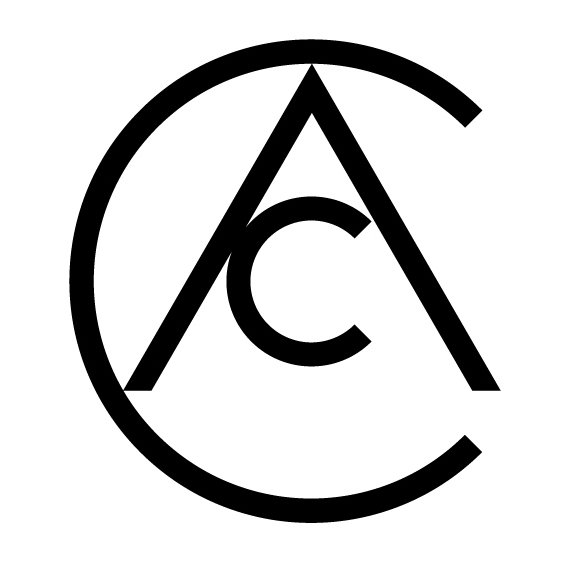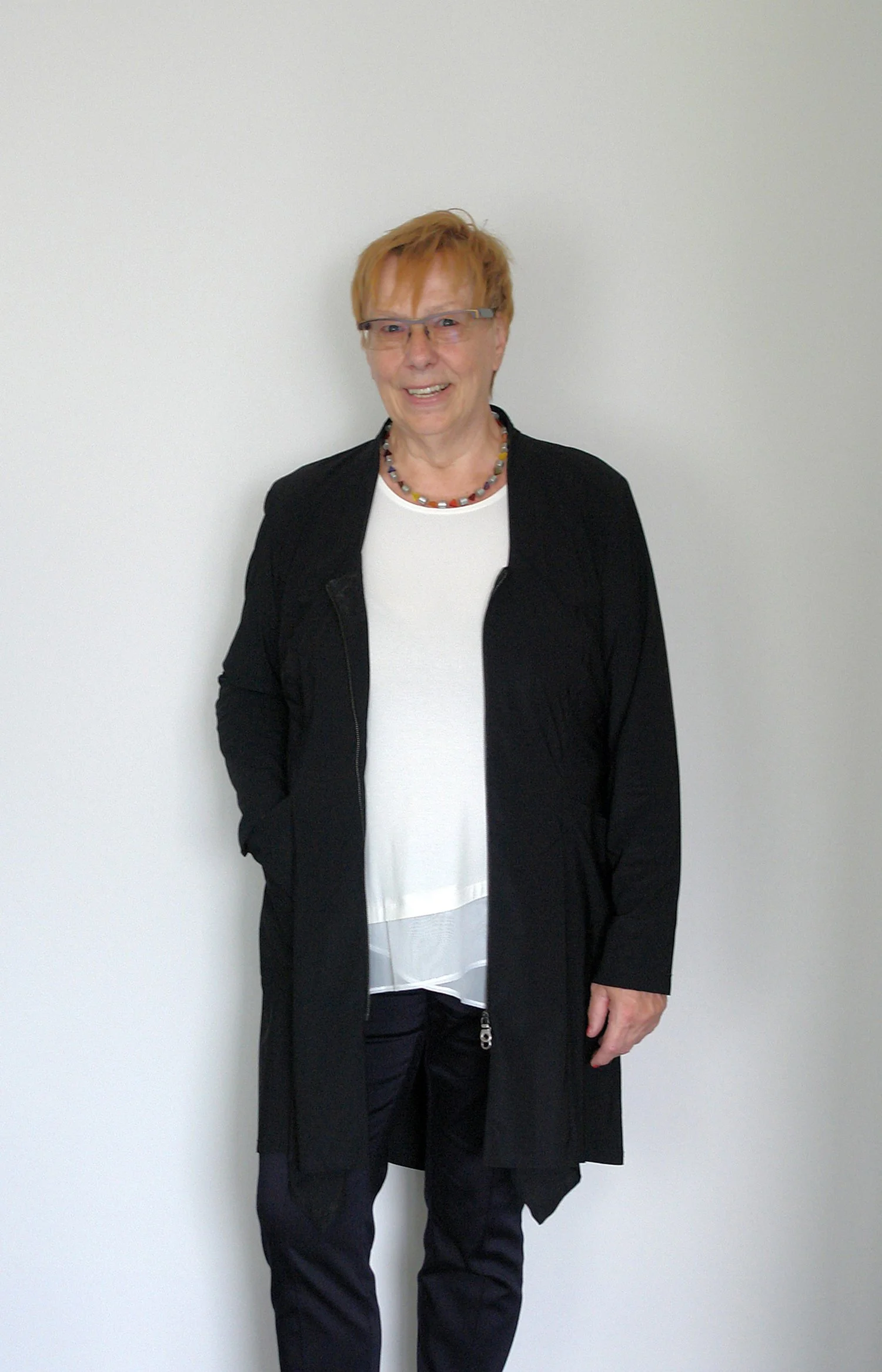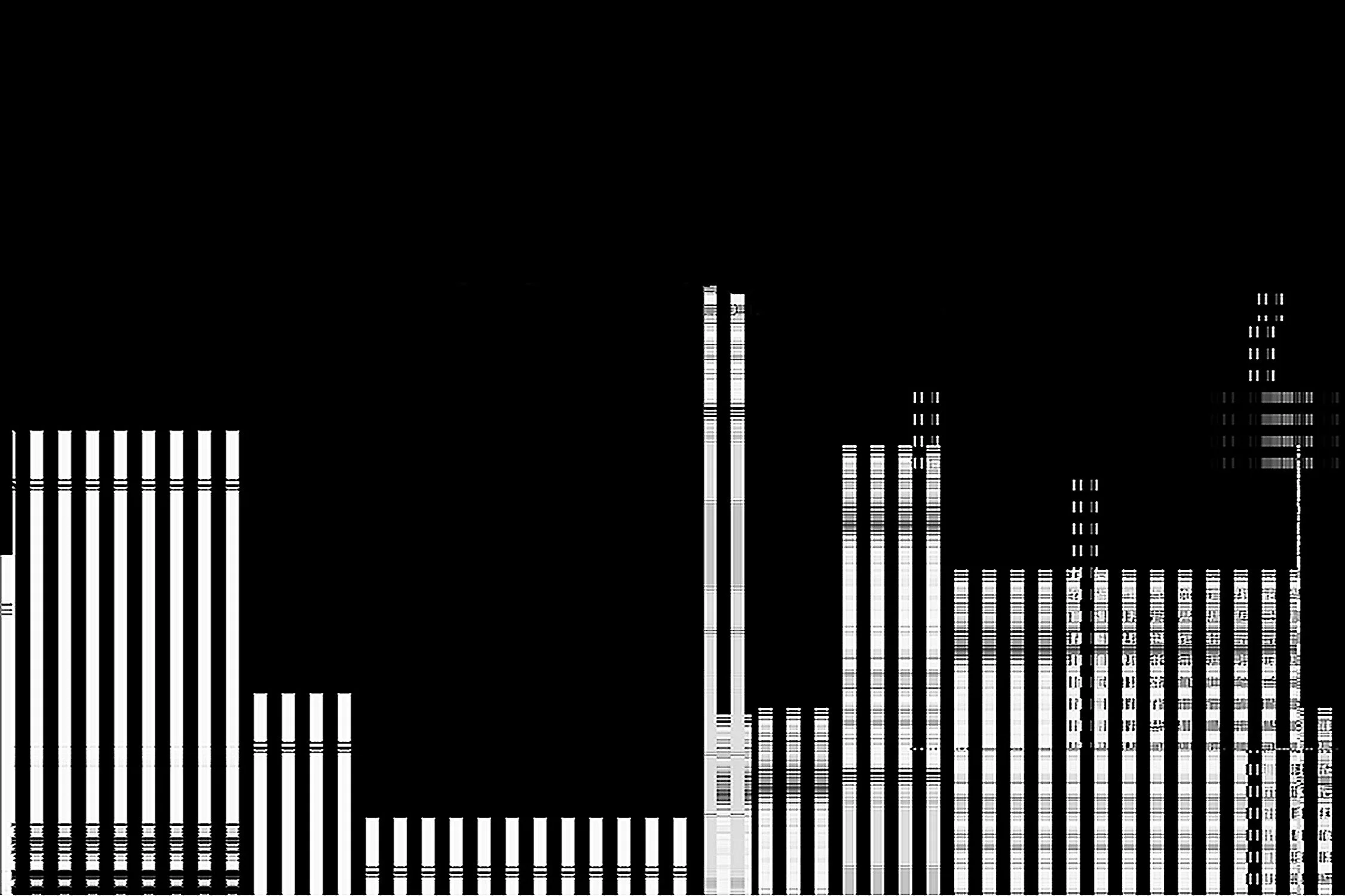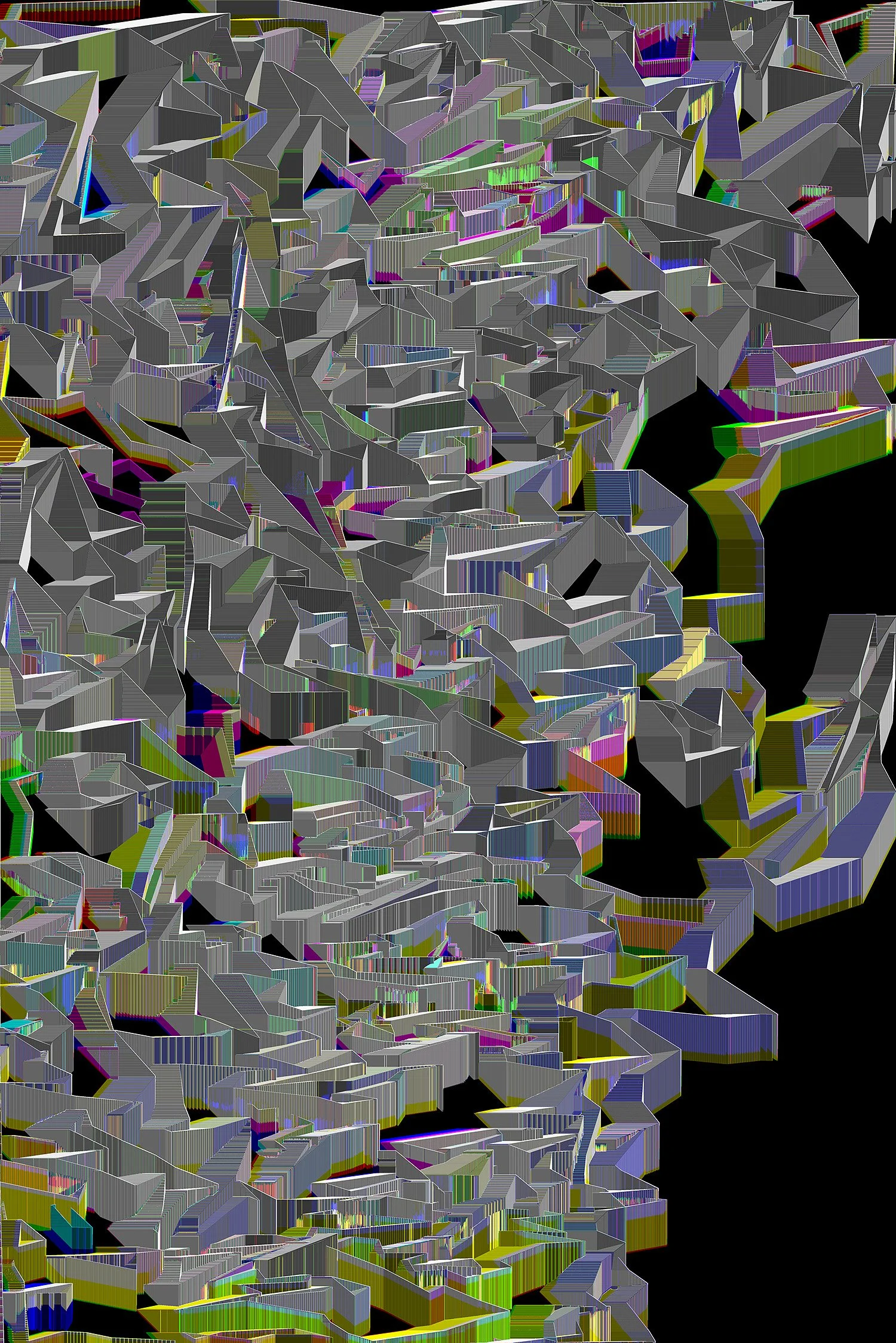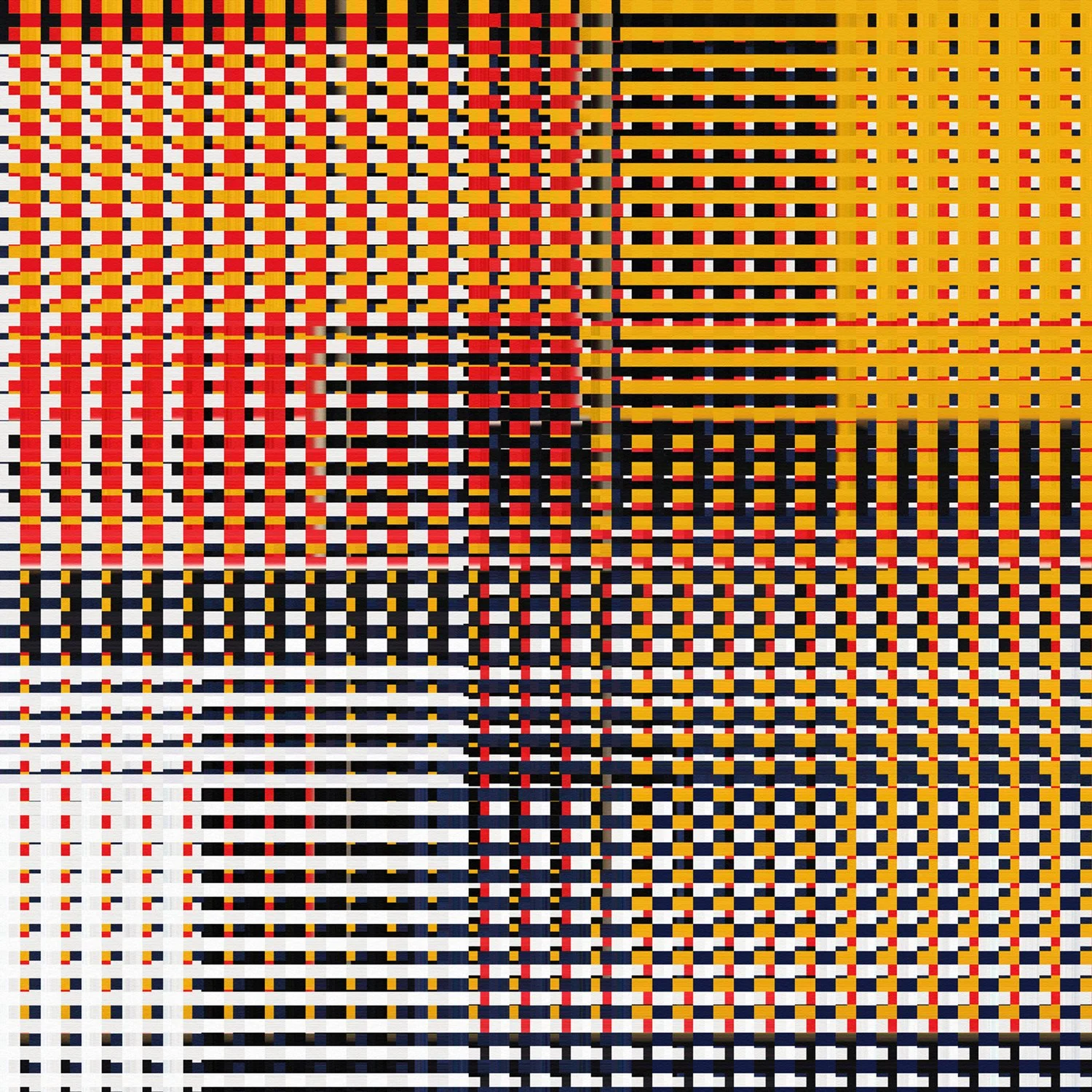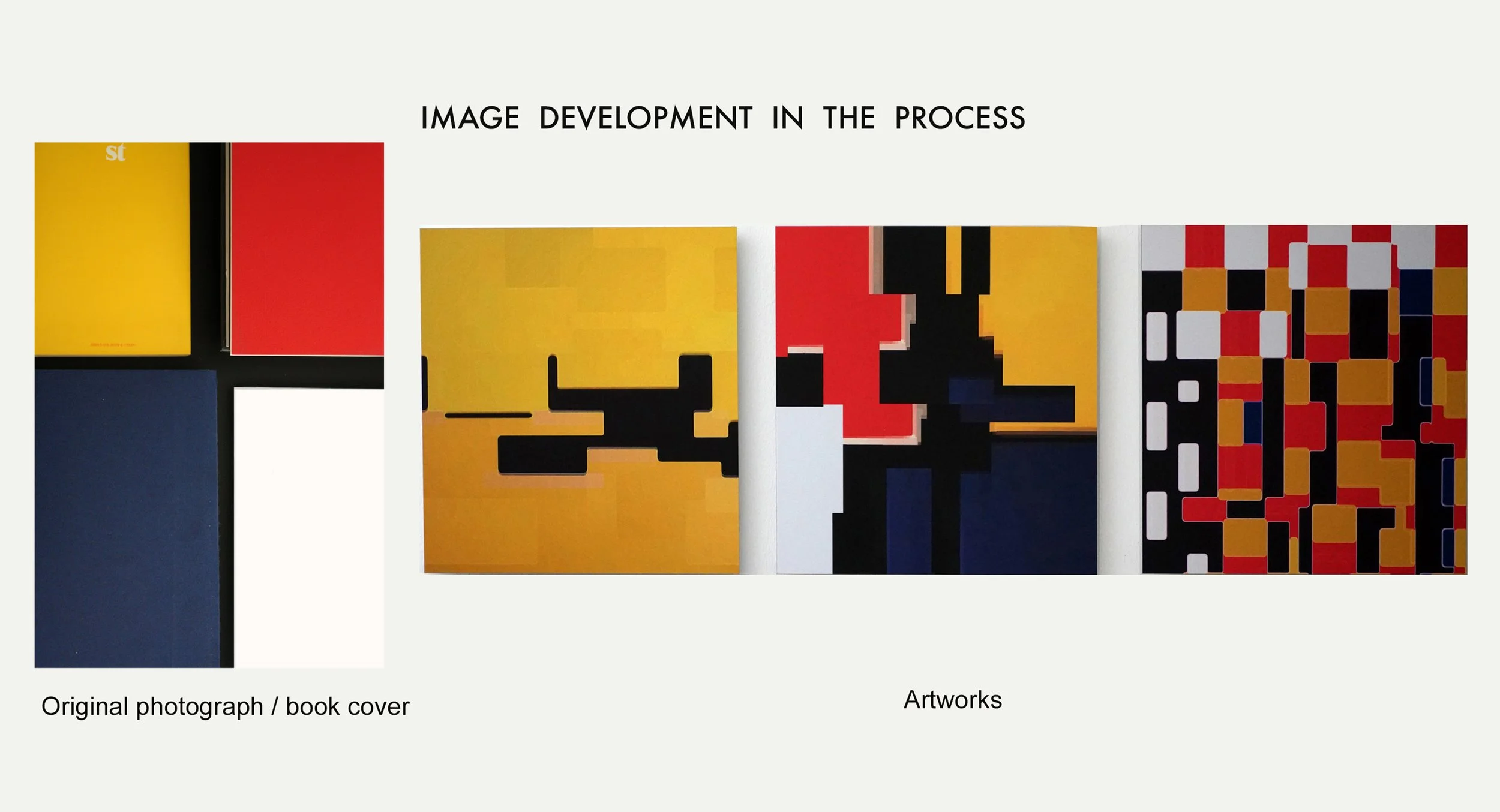Interview with Ursa Schoepper
https://www.virtuelledenkraeume.de
State examination in natural sciences with subsequent teaching examination.
In addition the start of a new university education in cultural management with a university degree. The degree in cultural management included the focus on fine arts and new media under Prof. Dr. Eckart Pankoke, Prof. Dr. Ulrich Krempel and Prof. Dr. Michael Bockemühl.
As a cultural manager responsible for the conception and realization of various projects in the field of cultural education systems, https://www.virtuelledenkraeume.de/seite2.html. Awarded a media prize in North Rhine-Westphalia for the Museum of Absent Images, a conception and implementation as a social network in 2001.
Since 2003 experimental artist in the field of experimental fine art photography, honored with many national and international awards.
Ursa Schoepper lives and works in the Rhineland near Bonn
Ursa, why do you describe photographic art as another possibility, a conceptual and perceptual alternative to representation, and how does this expanded notion of photographic potential reshape the traditional relationship between image, world, and viewer?
Realistic realities, captured photographically and documentaryally, do not preclude artistic photography. Artistic photography remains committed to a certain fidelity to nature, while experimental photographic art consciously departs from this perspective. The experimental photographic artist does not create images; they do not produce, but rather visualize an idea, a conception that originates from what is perceived.
It is not about a dissolution of the visible, as in Cubism, but a reformation of three-dimensional image elements. This reconfiguration means image disruption, in the best sense a disruption of the gaze, a shift, a displacement, an unmasking and liberation of previous ways of seeing and viewing, and simultaneously an unseen possibility. As Adorno already noted, the viewer experiences that if what is can be changed, then what is is not everything.
How does experimental fine art photography open possibilities that other artistic media cannot, and what does photography become when its purpose shifts from documenting reality to generating new visual and conceptual forms?
Physiological vision plays a subordinate role in the creation of my experimental photographic art. Crucial is inward-directed vision, imagination. It is not a finished work, but rather the ongoing development of an idea. Thinking without reason. Reordering through experimentation. It is a breaking down of perceptual routines. For "Whoever seizes their opportunity, like the artist and the strategic genius, risks breaking down perceptual routines and, in extreme cases, (self-)destruction.
But only the risk of destruction can pave the way for innovation." - Eckart Pankoke. Due to the technical, physical-mathematical foundations, deconstruction is experimentally possible with digital photography. Art, and certainly experimental photography as well, does not take into account any reality outside of artistic reality. It possesses its own sphere of reality.
What do you believe is the deepest value experimental photography offers to the contemporary viewer, especially in an age saturated with literal and hyper-documented imagery? Does its ambiguity act as a catalyst for expanded perception?
As a phantom of light, photography also becomes a vehicle for a pictorial vision and is thus freed from the compulsion to reproduce reality. The image's surface, its artificial surface, forms the blueprint for an alternative possibility. The photographic artwork becomes a vehicle for autonomy, which the artist imbues into the artwork. Autonomy as a message corresponds to the freedom of artistic design and is reflected in the unfamiliar, different positioning, liberation, and treatment of the familiar material.
Human freedom through art can mean that humanity is free from ingrained typifications of other ways of experiencing the world. It is an attempt to achieve greater freedom in dealing with traditions that have developed over the course of history. It is the courage for a freedom that keeps alternatives open and fosters the courage for renewal, while simultaneously not negating archaic, traditional perspectives. It is also an artistic experience through one's own corresponding sensory engagement. It explores the difference between factual fact and actual fact.
How does the intentional complexity and transformational nature of your work enrich the viewer’s experience, and do you see experimental photography as a necessary counterbalance to the hyper-clarity and instant legibility of today’s digital culture?
It is experiencing art through one's own corresponding sensory engagement. The difference between factual fact and actual fact is at work. It is an attempt to achieve greater freedom in dealing with the visual tradition that has developed throughout history. It is the courage for a freedom that keeps alternatives open and encourages renewal, while simultaneously not negating archaic, traditional perspectives. It is the freedom to question collective, manipulative viewpoints, too.
You often describe yourself as a photographic artist who functions like a composer and conductor. How does this musical metaphor shape your creative decisions, especially when orchestrating digital structures, chromatic rhythms, and algorithmic interventions?
The beauty of experimental art lies in the fact that the value of an idea cannot be mathematically calculated. Digital resources operate according to the code of "either/or." However, playing with an artistic idea is not computable. Creativity and innovation follow a both/and principle. The photographic artist as constructor is a creator, not a draftsman, not a graphic artist, not a copyist. As a phantom of light, photography becomes the bearers for an artistic vision. Image skin, artificial skin, forms the blueprint for another possibility.
How can such a creative process unfold? A comparison with a symphony can clarify these connections. The perceived music corresponds to the image. The score of the symphony can be compared to the digital representation. The notes of the score can be accentuated differently, individual passages can be particularly emphasized for selected instruments. Thus, a new piece of music can emerge based on the score. In this case, the artist is both composer and conductor. The irrational, the virtual possibility is inherent in everything real. One simply has to peel it out. The appearance is the objective form of subjective perception. (Michael Bockemühl)
How does the temporality and internal logic of music influence your construction of digital images, and when you recombine visual fragments like a score, do you perceive each work as something that can be continually reinterpreted and recomposed?
Just as different images emerge in dance, so too can the seemingly fixed objects depicted in a reality be rearranged; their systems are not static. In quantum theory, Heisenberg's uncertainty principle leads to the conclusion that nothing that exists exists exactly and can therefore be changed. Whenever an equilibrium state loses stability, new patterns emerge, which can be traced back to sine waves or a combination of different sine waves. Scientists therefore also refer to sine waves as the structural atoms of nature. This offers many different possibilities for creatively creating novel works of art. My experimental photographic artworks always contain an inherent processuality. In addition to socially relevant topics, biological processes in nature, such as spontaneous mutations, have also influenced my work.
How do you articulate the essence of photographic art today, especially in a moment when automated image production is widespread? In what ways does photographic art distinguish itself as a philosophical and aesthetic practice rooted in transformation, intention, and critical inquiry?
Art, including photographic art, does not consider any extra-artistic reality, but possesses its own realm of reality. It is not the premonition of an idea in the sensory realm, but a sensory reality. Experimental digital photography is a metaphor for change. Photography as artistic photography initially faces intense competition from other, diverse systemic clusters.
These include analog photography versus digital photography, adherents of traditional painting versus artistic photography, and last but not least, artistic photography versus experimental digital photography. It seems to me that, with little tolerance, the ability to differentiate has been forgotten. The "both/and" is overlooked, and thinking is too much in terms of either/or. Experimental photographic art reveals a sense of possibility and the potential for change. It thus encourages alternative perspectives.
Do you believe photographic art now operates less as an index of reality and more as an autonomous visual language composed of digital structures, colors, and transformations, and what does this shift mean for the ontology of photographic art?
Photography is always a phantom of light. Technically speaking, a digital photograph is a light image and a data image based on perception—a representation, a film of pictorial perception. It is the material of different substances, different systems, both mathematically and physically, as well as philosophically. This means that its appearance is always provisional. If we think visually in terms of processes, not states, then processes are at work alongside visual perception that precede artistic action. To arrive at new perspectives, it sometimes helps to metaphorically dismantle previously familiar ways of seeing. A digital photograph is therefore not something conceived, but something perceived that has been visualized.
With experimental photography becoming increasingly relevant, how do you see the role of the contemporary photographic artist, analyst, innovator, critic of perception, or mediator between technological potential and human experience?
The photographic artist takes both into account: the technical potential and its significance, as well as his world experience.The artist, as photographer, analyst, innovator and critic of perception, should be aware that people learn best through comparison. Experimental artistic and computer-aided fine art photography offer the opportunity to see the perceived world with different eyes, from a different perspective, and to view things from a different angle. It's about breaking down familiar patterns of perception.
Because, as Eckart Pankoke says: "Those who seize their opportunity, like the artist or the strategic genius, risk breaking down familiar patterns of perception and, in extreme cases, (self-)destruction. But only the risk of destruction can pave the way for innovation." This requires courage and perseverance. Important steps toward artistic photography have always stemmed from considerations of conceptual photography—that is, photography that, in addition to simply capturing a moment, establishes visual statements, a visual language, and a structured arrangement of image elements in the sense of a composition. Experts in the art world can illustrate these connections with examples.
Do you believe today’s viewers are undergoing a perceptual shift toward accepting layered digital structures and transformations as intuitive, and if perception is indeed changing, what responsibility does the photographic artist hold in shaping or questioning this new visual consciousness?
As an experimental photographic artist, my primary focus is on creating art. As a communicator of my photographic art, I strive to make my artistic process transparent, for example, by writing various statements myself. When viewers of my artwork tell me that my photographs inspire meditation, that they are delighted, and that they recognize the potential of such a photograph, then I can already consider it a small success.
When I see that visitors to my exhibitions subsequently try to experiment with their own photographic material to create new visual statements, that too represents a small step forward in reconsidering photographic material. Of course, it also requires astute communicators who, in addition to knowledge of technical requirements, can reflect on art historical comparisons. Experience has shown that innovative ideas need time to establish themselves.
licht_schatten_architecture, 2006
50 x 64 cm hahnemuehlen paper
virtual city seaside, 2020
150 x 100 cm colorpigment on aludibond
broken ice, 2020
50 x 75 cm colorpigment on aludibond
communication disorder, 2025,
90x 50 cm colorpigment on aludibond
dancing blossom, 2024
90x 50 cm colorpigment on aludibond
so close to heaven, 2022
100 x 150 cm, shimmering velvet
strukturatome der natur, 2025
120 x 80 cm, colorpigment on aludibond
virtual landscape, 2025
120 x 80 cm, colorpigment on aludibond
visueller text development book cover, 2021
120 x120 cm, colorpigment on aludibond
